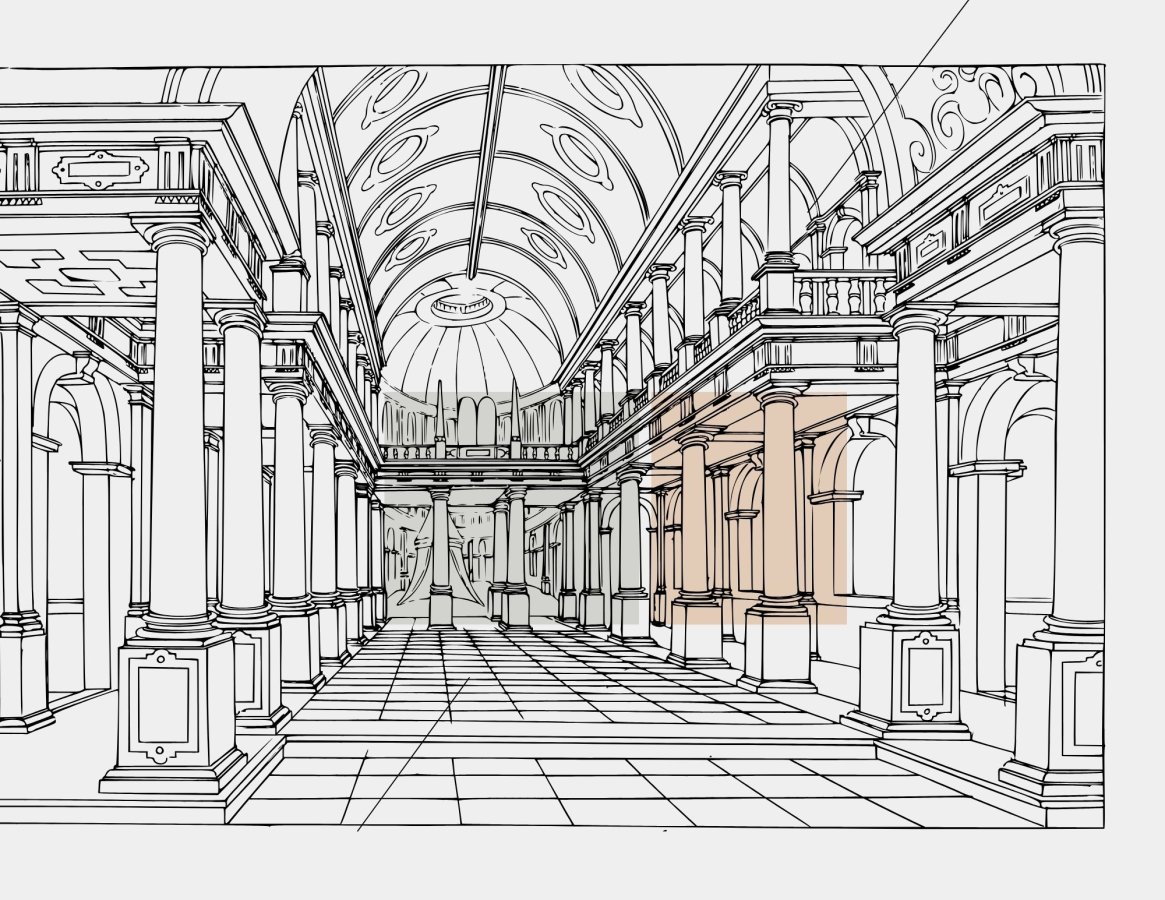Engineering Design in Construction: Basic Elements for Safe and Efficient Structures
The construction industry plays a vital role in the development of societies and the construction of modern living spaces. The influence of engineering design on the success of this sector is great. Engineering design is a comprehensive process carried out to ensure the safety, durability, functionality and aesthetics of a structure. In this article, we will discuss in detail the importance of engineering design in construction, its processes and the contributions it provides.
What is Engineering Design?
Engineering design refers to the analysis and implementation of technical requirements in the process from the planning stage of a construction project to its completion. This process covers the detailed planning of the basic load-bearing systems, mechanical and electrical systems, infrastructure connections and environmental impacts of the structure.
The main elements that should be taken into account when making a building design are as follows:
Safety: To ensure the durability of the structure against natural disasters, heavy loads and other external influences.
Durability: Choosing the right materials so that the structure can serve smoothly for many years.
Economy: Development of solutions suitable for the budget of the project.
Environmental Friendliness: The application of sustainable and environmentally friendly design concepts.
Engineering Design Process
Engineering design in a construction project is a detailed process consisting of more than one stage. Each stage has a critical importance in achieving the success of the project.
Preliminary Design and Research: The design process begins with determining the needs and researching suitable solutions for the project. At this stage, factors such as land survey, ground survey and regional climatic conditions are evaluated.
Conceptual Design: At this stage, a general framework for the project is created. Carrier systems, architectural plans and spatial arrangements are designed. In addition, preliminary selections are made for building materials.
Detailed Design and Calculations: Load-bearing systems (reinforced concrete, steel, wood, etc.), details such as mechanical and electrical systems are calculated. At this stage, durability tests of the structure are carried out and engineering calculations are detailed.
Modeling and Simulation: Digital modeling plays a major role in engineering design today. Tools such as computer-aided design (CAD) and building information modeling (BIM) allow designs to be prepared more precisely and quickly. Simulations allow testing how the design will perform in real-world conditions.
Approval and Implementation: After the designs are approved by the relevant regulatory authorities, the construction process is started. At this stage, engineering design guides field applications.
The Importance of Engineering Design
Engineering design affects not only the physical existence of a structure, but also its functionality and long-term performance. A good engineering design ensures the safety of structures, while at the same time helping to keep costs under control. In addition, energy-efficient and environmentally friendly structures are an important part of modern engineering design. Innovative solutions such as solar energy systems, rainwater recovery systems and high-performance insulation materials play a critical role in achieving sustainability goals.
The Impact of Technology on Engineering Design
Technology has made engineering design faster, more precise and efficient. Software such as BIM (Building Information Modeling) allows you to manage the entire project process in an integrated way. Thanks to these technologies, errors that may occur during construction are minimized and resource utilization is optimized. In addition, virtual reality (VR) and augmented reality (AR) technologies allow projects to be visualized before they have yet to move to the construction phase. Dec.
Sustainability and Engineering Design
Nowadays, sustainability has become a requirement in construction projects. It offers innovative solutions on issues such as engineering design, energy efficiency, water conservation and waste management. The use of environmentally friendly materials, the reduction of carbon footprint and the integration of renewable energy systems are the cornerstones of sustainable projects.
Engineering design in construction is a basic process that ensures that projects are successful both technically and aesthetically. This process, which offers safety, durability, affordability and environmentally friendly solutions, is one of the most critical components of the construction industry. Modern engineering design, shaped by technological innovations and sustainability goals, makes it possible to create structures that respond to the needs of both today and the future.
A correct engineering design not only builds a building, but also creates a safe and sustainable environment that improves people's quality of life.

